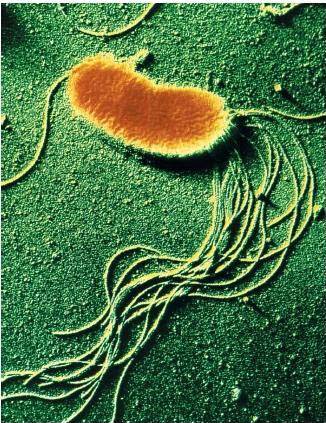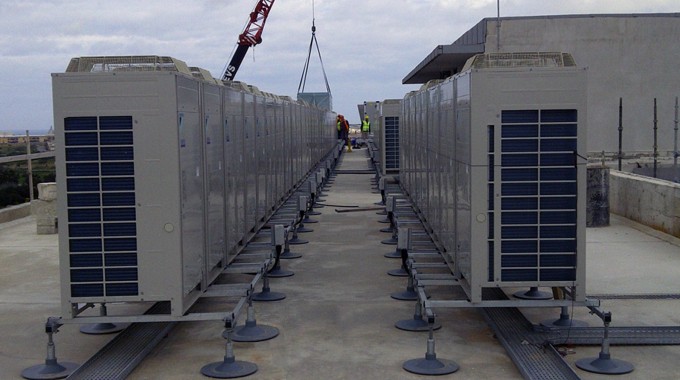
Bacteria-ridden water poses great risk to human health and can also lead to corrosion and system fouling, compromising the efficient running and life span of closed-circuit water systems. Although less well-known than legionella, the growth of pseudomona can pose great risk of system fouling if left untreated.
In particular, stagnant or slow-flowing water provides the perfect conditions for pseudomonas to thrive and multiply. Such build-up can result in a microbial biofilm layer forming on pipe and heat-exchanger surfaces, ultimately reducing the efficiency of the system as a result of corrosion and eventual perforation. Dead legs found in large commercial systems are a particular problem for pseudomona build-up as these vast areas of stationary water provides ideal conditions for bacteria growth. Though removing ‘dead legs’ may not be a practical solution, a bypass may be included to provide full circulation.
With bacterial growth difficult to rectify once it has begun, remediation cleaning may no longer suffice to render a fully efficient and hygienic system. Now a standard requirement under the BSRIA, pre-commissioning cleaning must be carried out for all closed water installations. This acts as a prevention method aimed to improve system maintenance and hygiene by acting during the construction phase of the system.
Pre-commissioning cleaning techniques available:
-
System dynamic flushing: maximising flow rates to remove system debris and prevent blockages.
-
Biocide washing: removes bio-films and bacteria from the system.
-
Chemical cleaning: loosening surface deposits, such as iron oxide, to be removed from the system in order to create a stable surface within the pipework. System inhibiting with corrosion inhibitor and biocide can then provide ongoing protection from water, metal corrosion and bio-fouling following chemical cleaning.
-
Back flushing: removing small debris collecting within terminal units.
-
Photo-catalytic water purifiers: a non-chemical alternative to chemical dousing using light and photo-catalytic surfaces to create free radicals. These break down harmful micro-organisms and other water pollutants.







